Think about packing an ice chest- would you put the ice on the bottom of the chest or the top? If you said the top, you are right. Cold air sinks thus keeping your food and drinks cool as well.
It is the same process in the atmosphere (in a way). The massive circulations on the on Earth are called Hadley Cells… see the following image.
Here is a graphic of how a hurricane forms and the typical tracks that they take:
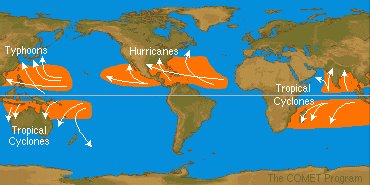
I did research in college on a theory related to this. I thought that when the asteroid that killed the dinosaurs struck the Earth it rapidly heated the oceans- especially in the tropical latitudes. After going through databases and books I found that some scientists investigated this theory and hypothesized that multiple "Mega Hurricanes" formed due to the extremely hot ocean temperatures.
The water around the region of impact of the asteroid that killed the dinosaurs 65 million years ago superheated to over 120 degrees. Quickly a huge storm formed over this superheated water, or a hypercane. Kerry Emanuel of MIT says that when he was playing with his model of hurricanes and typed in a water temperature of over 120 degrees he found that the wind speed of the hurricane became over 500 miles per hour!!! In addition these hurricanes may have been larger than the entire United States!
Emanuel theorizes that particles from the asteroid impact that killed the dinosaurs are found around the world because of these “hypercanes.” The hypercanes pulled pieces of the earth high into the atmosphere and distributed them around the world as they tore across the tattered surface. Another way these giant monster storms can form, according to Emanuel, is through the heating of the ocean from an underwater volcano.
Of course, once the hypercane moved out of the region of superheated water it cooled and turned into a normal hurricane and then just low pressure; still the hypercane cycle continued across the earth until the excessive ocean temperatures equalized (and at that point the entire ocean was warmer). It is hypothesized that these mega-storms contributed to the extinction of the dinosaurs.
I no longer have access to the article that I used for this research (it was six years ago) but I was able to find a shorter version of his theory on this page, if you are interested.
http://alum.mit.edu/pages/sliceofmit/2009/08/14/what-do-you-know-about-hypercanes/
Also, if you want to watch TV’s dramatic cinematic take on the subject please watch this video on YouTube:
http://www.youtube.com/watch?v=JTxj3M3XKcQ
If you have any questions feel free to ask. Thanks for reading.
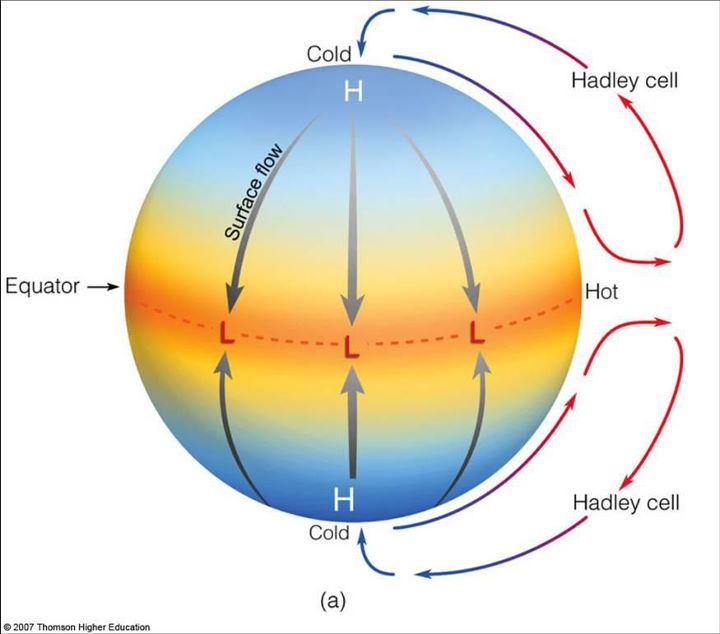
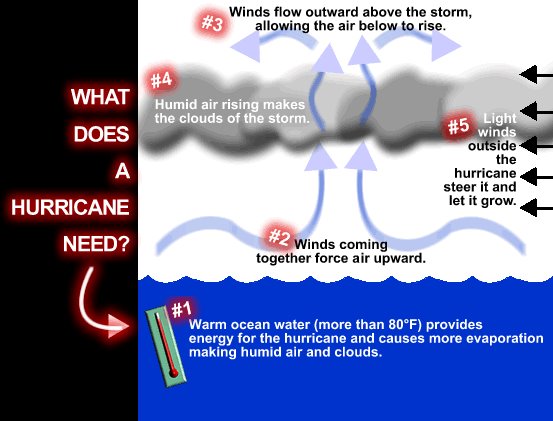
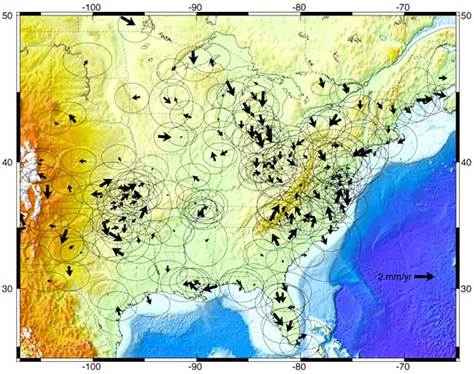
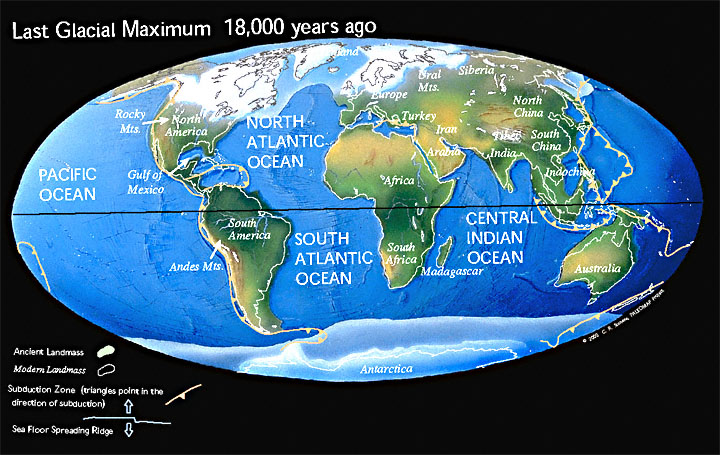
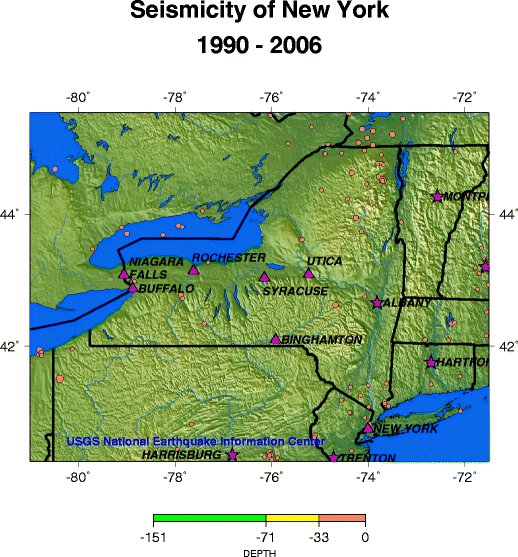
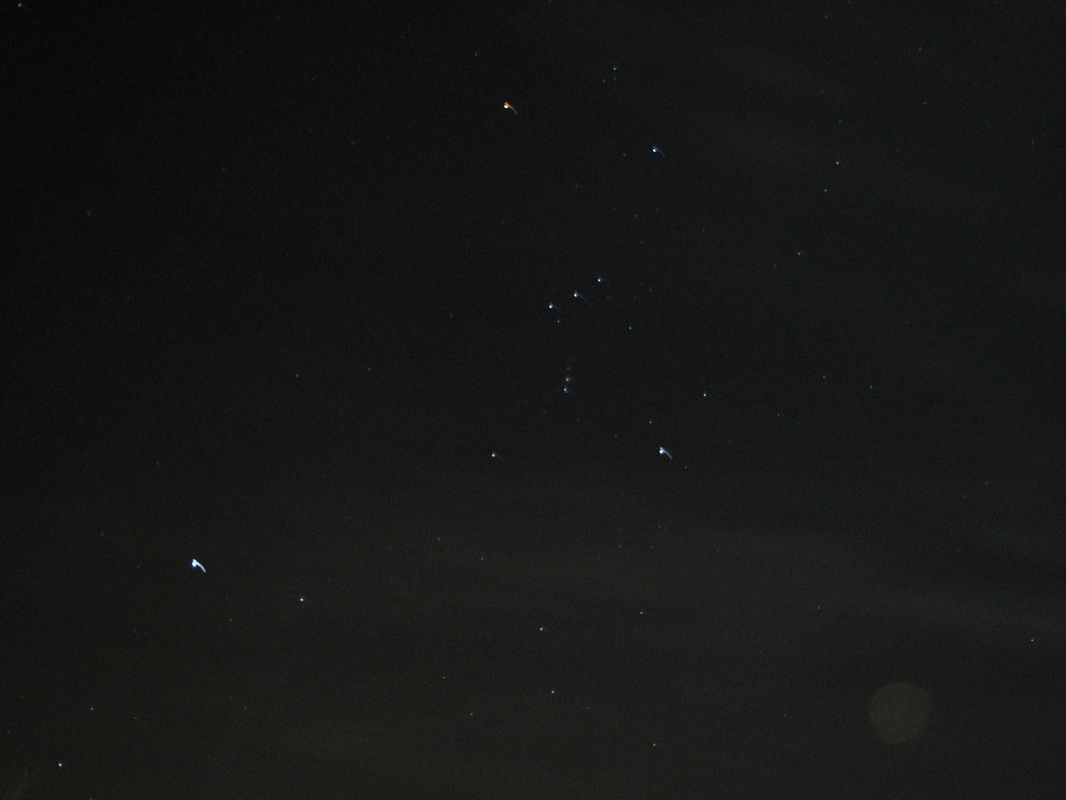
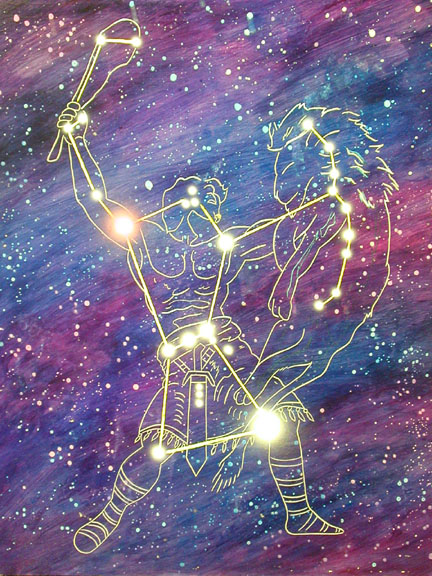
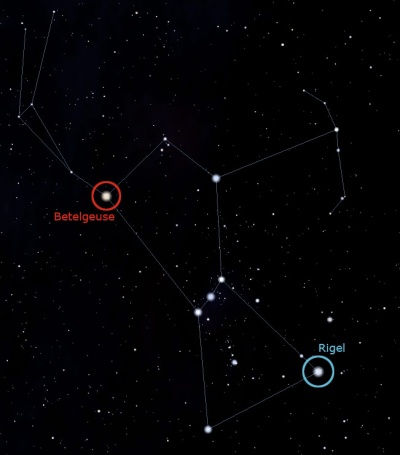
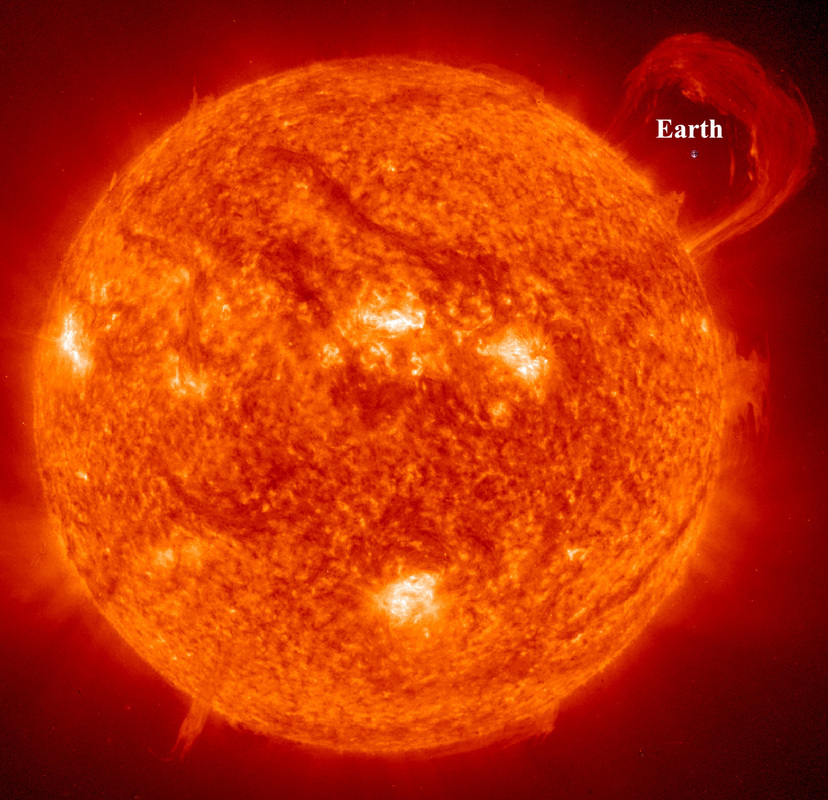
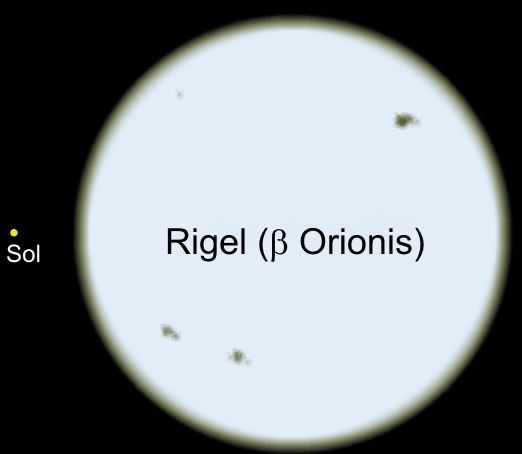
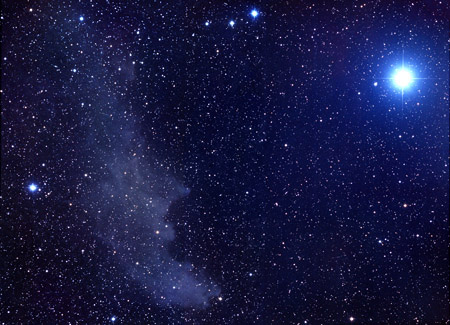
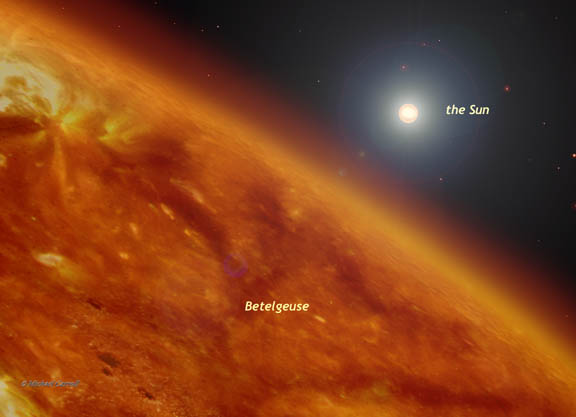
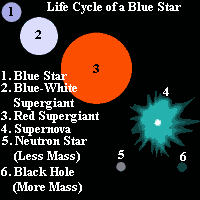
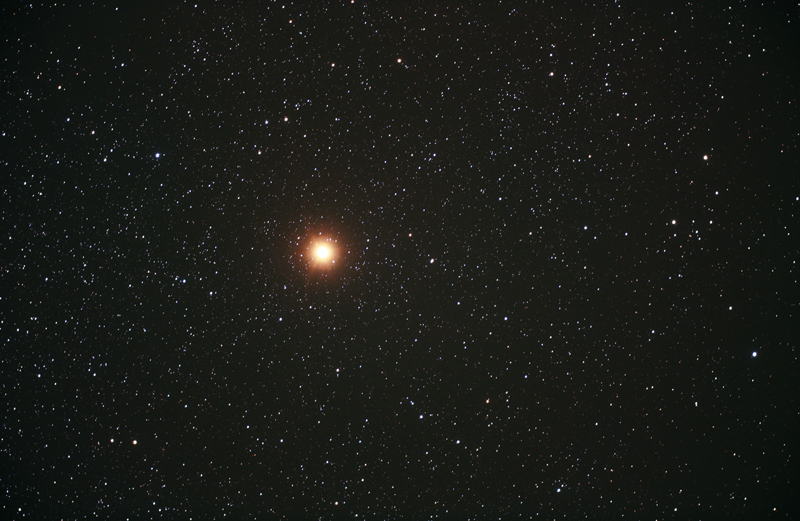
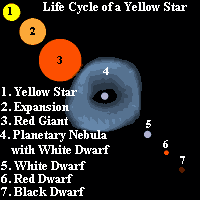
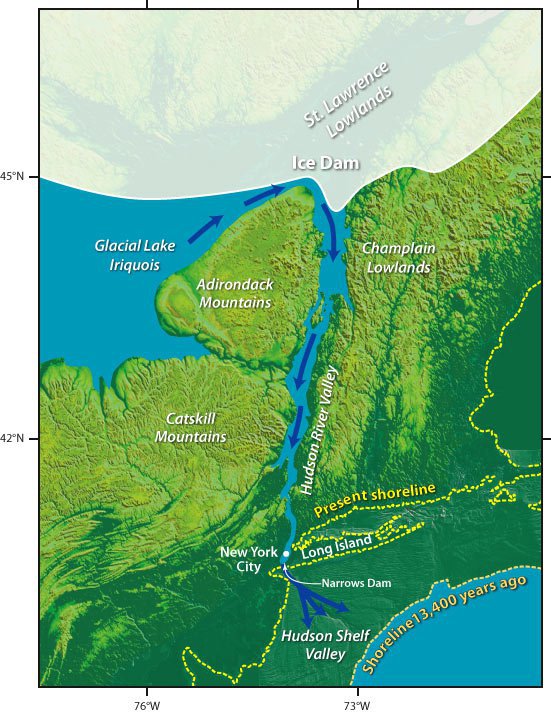
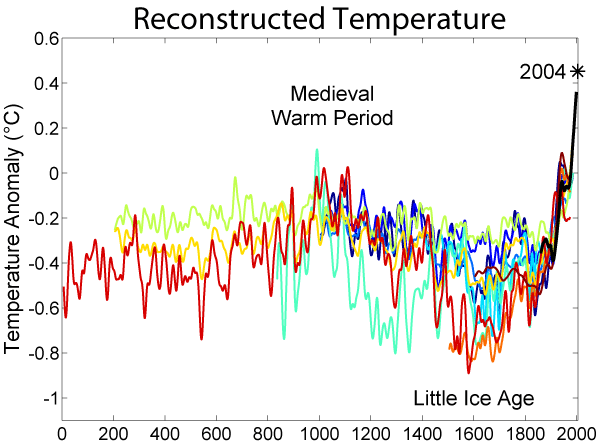
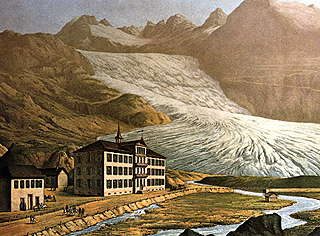
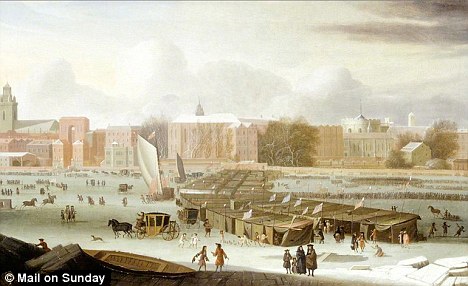
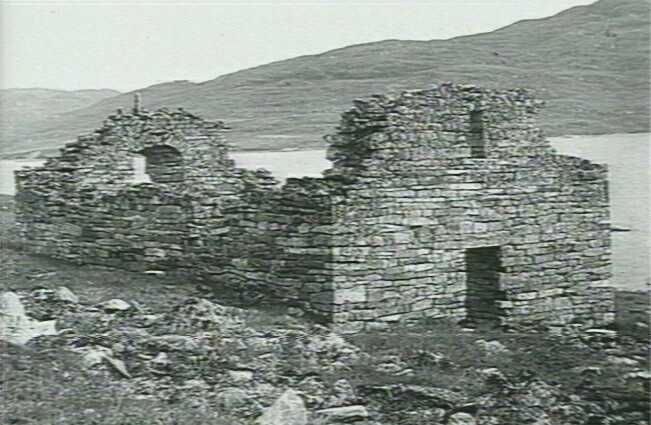
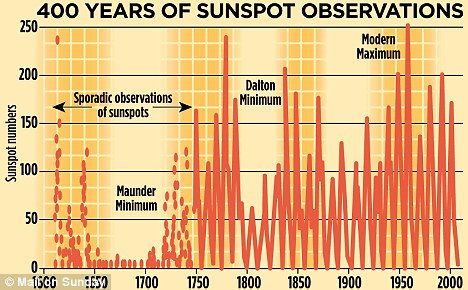
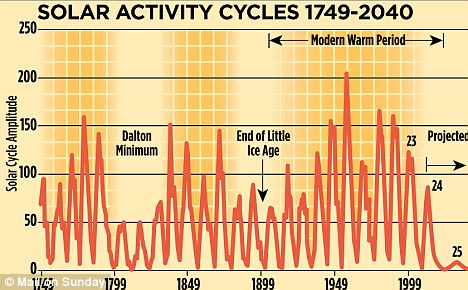
 RSS Feed
RSS Feed
